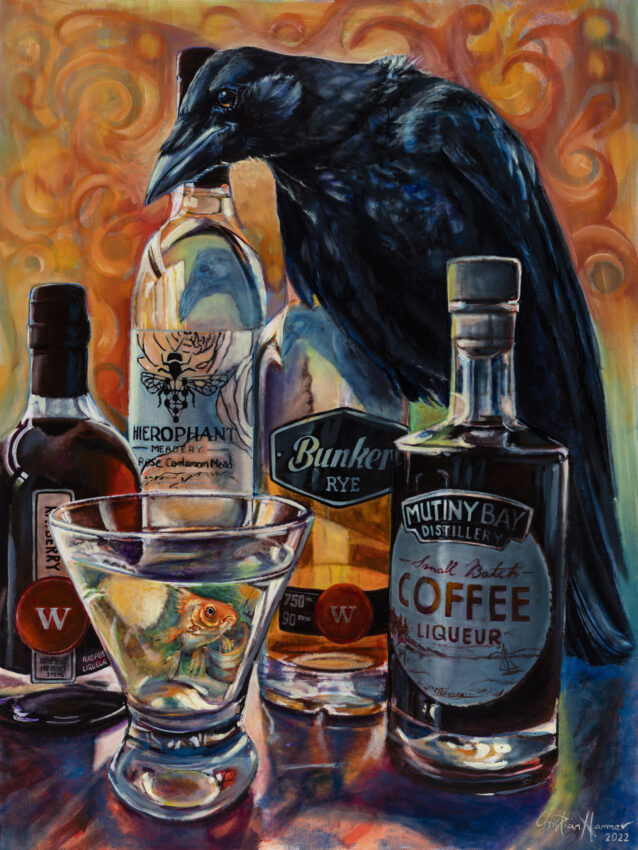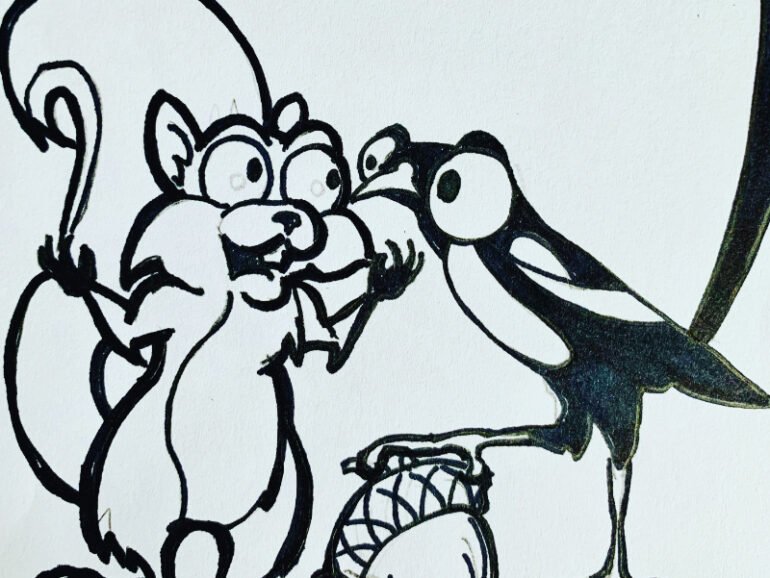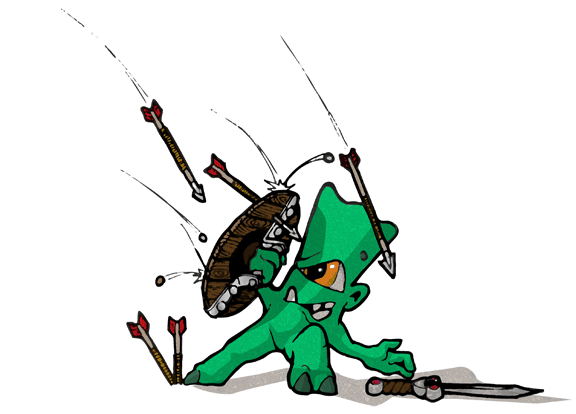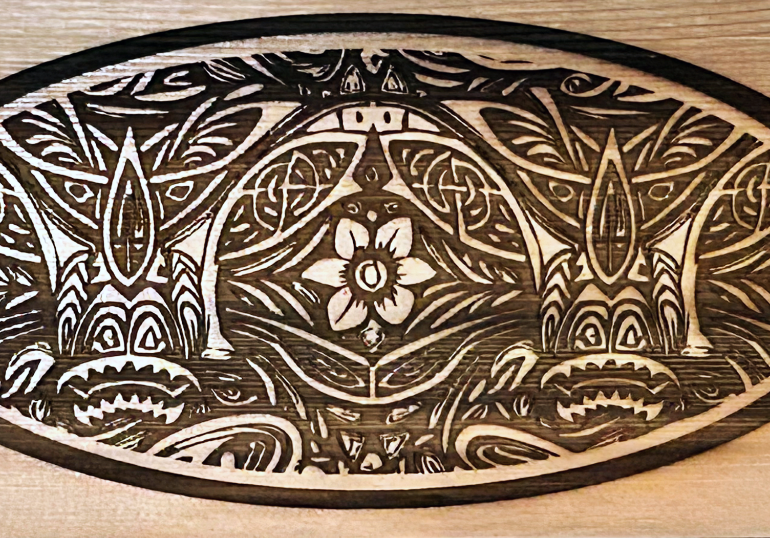
Our Blog
Read my Latest posts
-

Gatt and Magpie – Comic
Gatt assumes his familiar role as interpreter of life’s infinite complexities. His tiny paws gesture with scholarly enthusiasm, each movement a testimony to the urgent importance of whatever revelation currently occupies his bustling mind. The magpie, eternal student of glittering truths, cocks its head in that particular way that suggests either profound comprehension or magnificent
-

Ippy – Slings and Arrows
Here, caught in eternal preparation for battle against the forces of failed connections and broken links, our diminutive warrior assumes a stance that speaks to something deeper than mere server errors. His wooden shield, raised against the rain of stones and arrows, becomes both practical defense and symbolic gesture—a testament to resilience in the face
-

Twin Tiki – Reclaimed Cedar with Wood Burning
In the sacred confluence of heritage and heartwood, where ancestral voices find new resonance through flame’s testimony, “Twin Tiki” emerges as both bridge and beacon. Here, upon reclaimed cedar’s patient canvas—each ring a chapter in the Pacific Northwest’s endless chronicle—three cultural rivers converge in a dance of perpetual becoming. The burning tool becomes more than